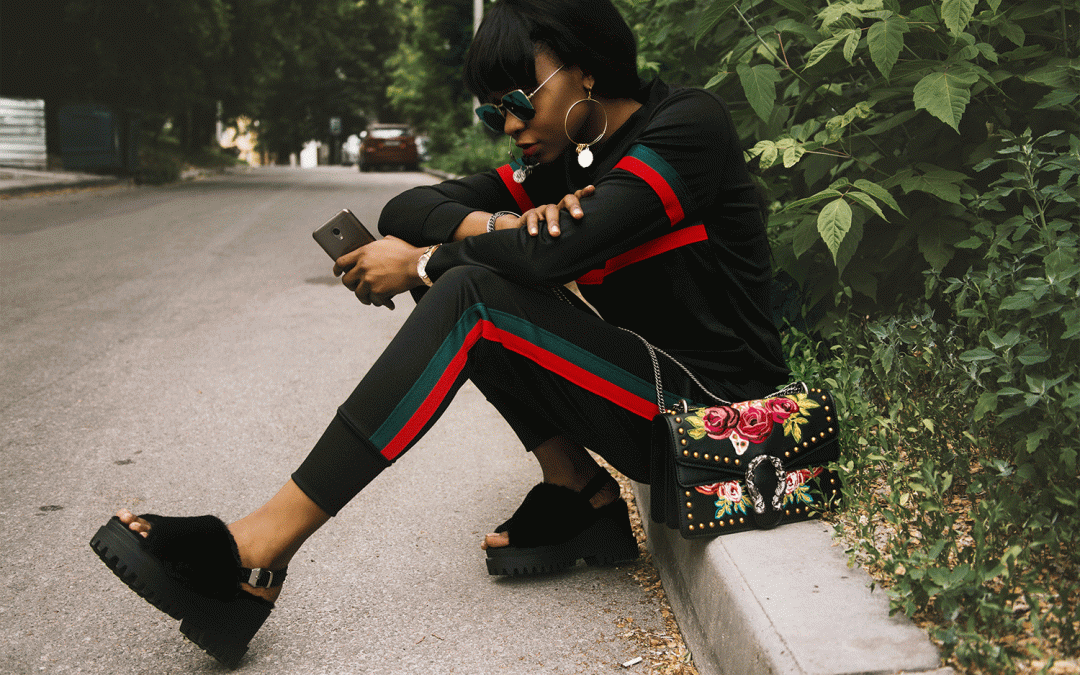Buying Fake Designer Clothes Overseas: What can go wrong
In the world of fashion, everyone loves a good bargain. However, when it comes to designer brands such as Gucci, Dior, and Louis Vuitton, those bargains can sometimes be too good to be true. A trip overseas often presents the opportunity to buy knock-off designer clothes at a fraction of the cost. While this may seem like a great deal, there are several factors to consider before making such a purchase. You could always just buy real designer clothes in Europe for Cheap.
The Allure of Fakes
There’s no denying the appeal of buying fake designer clothes. For one, they’re considerably cheaper than their authentic counterparts. For the price of one authentic designer shirt, you could potentially buy an entire wardrobe of knock-offs. Secondly, these fakes often look convincing enough to pass as the real thing, allowing you to sport the logo of your favorite designer brand without breaking the bank.
The Quality Issue
The most significant downside to buying fake designer clothes is the quality. These knock-offs are cheap for a reason. They’re often made using inferior materials and craftsmanship, which means they’re likely to wear out much faster than authentic designer clothes. Zippers might break, seams might unravel, and the colors might fade after just a few washes.
Ethical Concerns
Beyond quality, there are also ethical implications to consider. The counterfeit market often supports illegal activities and exploits workers. Many fake designer goods are produced in sweatshops where workers are paid extremely low wages and work in poor conditions. By buying fakes, you could inadvertently be supporting these practices.
Legal Implications
Depending on where you live, bringing counterfeit goods back from overseas could get you into legal trouble. Many countries have strict laws against importing counterfeit goods, and you could face hefty fines or even jail time. It’s important to familiarize yourself with the laws of your home country before making a purchase.
Impact on Designers
Finally, buying fake designer clothes hurts the designers themselves. Designers invest time, effort, and money into creating their products, and each purchase of a counterfeit good is a lost sale for them. This is particularly damaging for small designers who rely on every sale to sustain their business.
Countries Where Fake Designer Clothes are Rampant
In today’s globalized world, the fashion industry has become an international business. However, along with the expansion of genuine designer brands, there’s also been a rise in the market for counterfeit goods. Several countries have been identified as hotspots for the production and sale of fake designer clothes. Here, we take a look at a few of them.
China
China is often cited as the largest producer of counterfeit goods worldwide, and this includes fake designer clothes. From bustling street markets to clandestine manufacturing units, the country is awash with knock-offs of major fashion brands. While the government has taken steps to crack down on the trade of counterfeit goods, the scale of the problem means it continues to persist.
Turkey
Turkey is another country known for its widespread sale of fake designer clothes. Istanbul’s infamous Grand Bazaar is a popular destination for tourists looking to score a “bargain” on so-called designer pieces. However, the quality and authenticity of these items are usually questionable at best.
Thailand
Thailand’s vibrant street markets, especially in Bangkok, are renowned for their array of counterfeit items, including fake designer clothes. From faux Gucci t-shirts to knock-off Chanel bags, shoppers can find a wide range of counterfeit fashion items. However, Thai law enforcement has been ramping up efforts to curb the spread of these counterfeit goods.
Italy
Surprisingly, Italy, a hub for many high-end fashion brands, also struggles with the issue of counterfeit designer clothes. Counterfeiters often target tourists who are not familiar with the product or the average price of authentic pieces.
The Counterfeit Problem: More than just a Financial Issue
While it might seem like a harmless act to purchase a knock-off designer piece, it’s important to remember that the counterfeit industry fuels organized crime, exploits workers, and harms the reputation of the designers themselves.
Moreover, there’s the issue of quality. Counterfeit goods are often poorly made and don’t stand the test of time. While it might be tempting to buy a fake designer item at a fraction of the cost, you’re likely getting a fraction of the quality as well.
In conclusion, while counterfeit designer clothes may seem like an attractive option for fashion lovers on a budget, the true costs are far greater than what meets the eye. It’s always better to invest in authentic pieces or explore ethical and sustainable brands that offer high-quality products at affordable prices.

